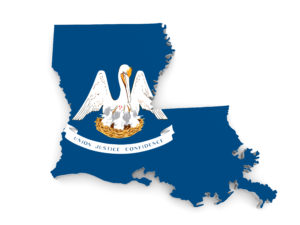Coverdell ESAs: The tax-advantaged way to fund elementary and secondary school costs
With school letting out you might be focused on summer plans for your children (or grandchildren). But the end of the school year is also a good time to think about Coverdell Education Savings Accounts (ESAs) — especially if the children are in grade school or younger.
One major advantage of ESAs over another popular education saving tool, the Section 529 plan, is that tax-free ESA distributions aren’t limited to college expenses; they also can fund elementary and secondary school costs. That means you can use ESA funds to pay for such qualified expenses as tutoring and private school tuition.
Other benefits
Here are some other key ESA benefits:
- Although contributions aren’t deductible, plan assets can grow tax-deferred.
- You remain in control of the account — even after the child is of legal age.
- You can make rollovers to another qualifying family member.
A sibling or first cousin is a typical example of a qualifying family member, if he or she is eligible to be an ESA beneficiary (that is, under age 18 or has special needs).
Limitations
The ESA annual contribution limit is $2,000 per beneficiary. The total contributions for a particular ESA beneficiary cannot be more than $2,000 in any year, no matter how many accounts have been established or how many people are contributing.
However, the ability to contribute is phased out based on income. The phaseout range is modified adjusted gross income (MAGI) of $190,000–$220,000 for married couples filing jointly and $95,000–$110,000 for other filers. You can make a partial contribution if your MAGI falls within the applicable range, and no contribution if it exceeds the top of the range.
If there is a balance in the ESA when the beneficiary reaches age 30 (unless the beneficiary is a special needs individual), it must generally be distributed within 30 days. The portion representing earnings on the account will be taxable and subject to a 10% penalty. But these taxes can be avoided by rolling over the full balance to another ESA for a qualifying family member.
Would you like more information about ESAs or other tax-advantaged ways to fund your child’s — or grandchild’s — education expenses? Contact us!

